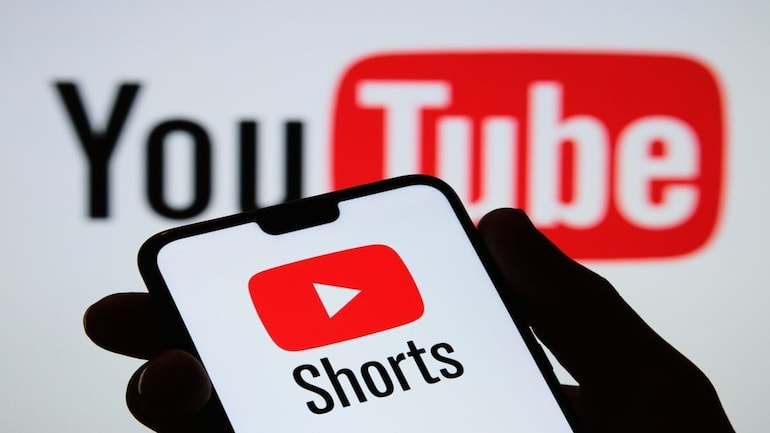In its latest attempt to get TikTok producers to migrate to YouTube Shorts, YouTube announced today that short-term video makers would soon be able to use up to a minute of copyrighted music in their Shorts. The new restriction is a huge increase above the previous 15-second limit for any licenced music.

